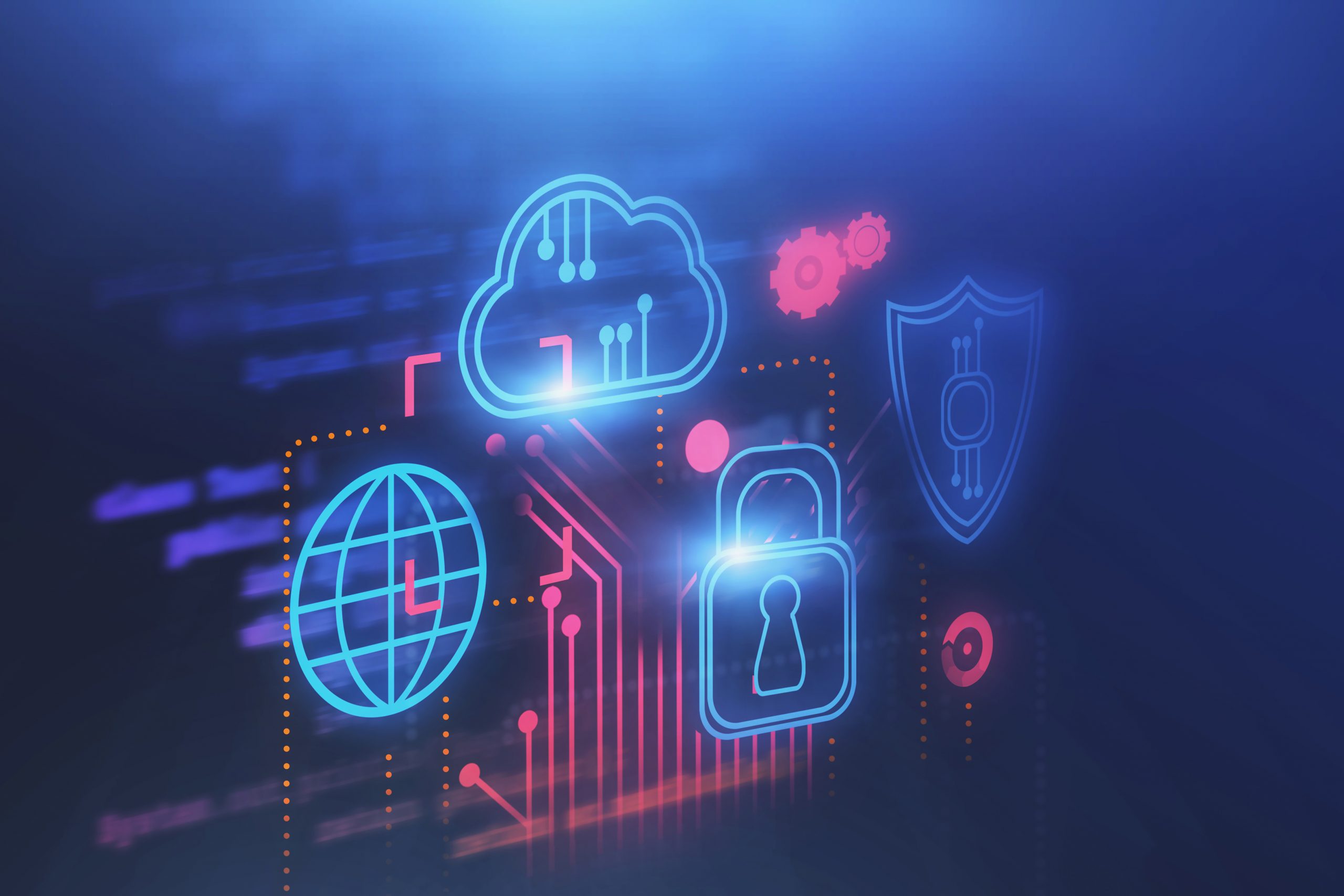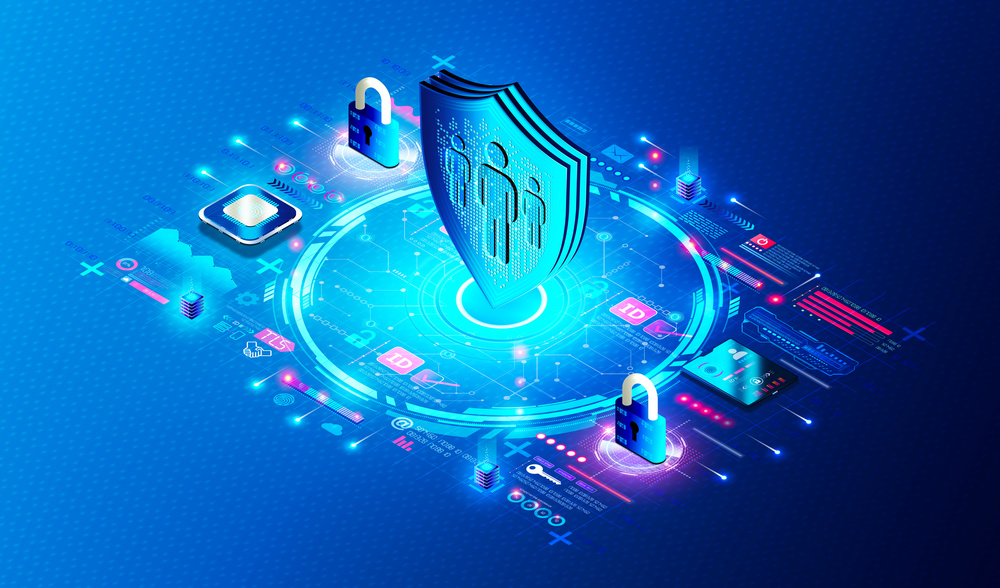As cyberattacks such as phishing and malware are dangerous to an organization, having superior technology and processes is vital to prevent the worsening of such attacks. If not, cybercriminals can use this to their advantage and exploit various assets such as data and cloud infrastructure.
One way such people take advantage of the cloud is by exploiting an organization’s access controls, mainly if there are unregulated permissions within the network. This enables them to move laterally and gain access to data stored in the cloud network. This increases the risk of a data breach and cybercriminal activities that can be damaging to one’s business.
For such reasons, more emphasis on having ‘entitlements’ is needed. Entitlements refer to an organization’s ability to access the cloud and other resources. Likewise, cloud entitlements require advanced solutions. Typical cloud security solutions, such as Identity Governance and Administration (IGA) or Privileged Access Management (PAM), won’t be enough in this regard. The same goes for traditional Cloud Security Posture Management solutions (CSPM).
Disadvantages Of Traditional Security Posture Management Solutions
CSPM is an automated data security solution that monitors, alerts, identifies, and remediates compliance issues and misconfigurations within the cloud. It can be ideal for static and on-premise infrastructure, although not for securing extremely dynamic and ephemeral cloud-based networks.
The reason why it’s so is that it lacks the capability to provide extensive data on cloud security issues. This happens as its primary goal is to detect misconfigurations and not to monitor the level of identification permissions provided to resources. Fortunately, Cloud Infrastructure and Entitlement Management (CIEM) can be ideal for this case.
Short History Of CIEM
CIEM was a concept that was initially formulated in 2020. Gartner explained it in the Hype Cycle for Cloud Security report. The study involves documents that state the status of cloud technology. Also, it outlines the rising security threats that can happen. This report also explained the steps to enhance security posture if an organization wants to transfer its data, digital assets, services, and IT resources to the cloud.
What Is CIEM?
One complex solution that you can use for your cloud’s access controls is CIEM. This tool enables organizations to adequately control permissions, entitlements, and identities within a cloud-based network. As such, CIEM can employ the principle of least privilege, which is the process of limiting access to doing a task.
With all that said, CIEM security is a growing market sector solution that can fill the gap between the cybersecurity strategies of existing infrastructure as a service (IaaS) and the surging challenges of modern hybrid cloud environments.
Likewise, CIEM is capable of providing the following:
- Provides Visibility Of Cloud Entitlements And Other Activities
The cloud enables on-demand scalability. Yet, it also causes complicated security issues. Security risks are rising daily, so cybersecurity teams must opt for a solution allowing more visibility over various cloud infrastructures.
But what is cloud visibility? Cloud visibility refers to seeing all activities within the cloud infrastructure. This helps a company recognize inefficient performance and security risks in implementing such infrastructure. Thus, it enables one to access the needed information for using such a cloud.
Fortunately, CIEM can offer total visibility into all entitlements and activities within an organization’s cloud. And so, this allows your IT team to monitor anybody trying to access resources, data, and assets.
- Automates Permission Management
CIEM automatically manages permission management over various cloud infrastructures. It automatically examines doubtful activities also. Additionally, it allows for remediation plans whenever any suspicious activity is identified. CIEM also recognizes errors while defining user accounts and providing proper resolution as soon as possible.
Likewise, as it automates permissions, your organization can avoid manual procedures. Manually handling cloud permissions increase the chance of errors and oversights. Manual permissions configurations increase the likelihood of someone leaving the cloud assets non-configured or open. Such a case leads to cybersecurity issues as it exposes the network to unauthorized persons.
- Ensures Compliance
Regulators expect organizations to adhere to various obligations, data requirements, and requests. One of those is proper compliance on identity-related issues. It’s the main focus of a company’s cybersecurity that exists at present.
For such reasons, it’s vital to use CIEM. This method guarantees entitlement security through regular examination, remediation, and alerts. By consolidating and automating an entitlement management system over various cloud environments, your IT team can ensure that the cloud environment is compliant and prepared for audits.
- Ties All Cloud Entitlements Into One Centralized Platform
One benefit of CIEM is that it unifies all accounts and entitlements over various cloud infrastructures. Rather than manually executing security policies and access permissions for every cloud, this tool ties all data and governance under one umbrella.
- Cost-Effective
CIEM reduces the cost of utilizing cloud environments. It’s because a company can get extensive data on the usage of application resources. And so, it enables you to make the right decisions on employing more capacity or using a new cloud platform. For instance, your company can reduce its quota of monthly cloud subscriptions if there is a decrease in consumption levels.
Wrapping Up
Cyberattacks can be risky for a company, particularly regarding its cloud infrastructure. Some cyber criminals know how to exploit the cloud’s access controls, thus endangering company data and assets.
Fortunately, CIEM can be helpful in such a case. CIEM is a tool that allows your IT team to manage control permissions, identity, and entitlements within a cloud environment. It’s tasked with limiting cloud access. This is so that a person can only obtain the necessary resources for a task.
There are other benefits to using CIEM. For instance, it can offer more visibility. As such, your IT team can efficiently monitor access and other activities within the cloud. Likewise, it can also automate the process of managing cloud permissions. As such, your organization can avoid manual configurations that can lead to oversight and mistakes.
Lastly, it guarantees compliance by automating and consolidating an entitlement management system across multiple cloud platforms. Ultimately, use CIEM to protect your company from cyber threats as they disrupt your employees’ productivity and operations.

